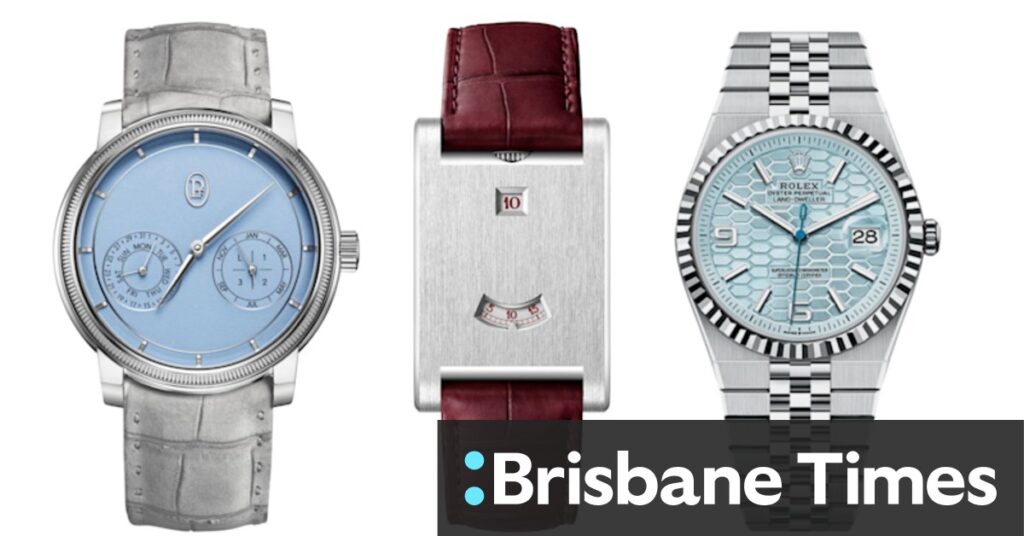
In an era dominated by technological advancements and the rise of lightweight materials, luxury brands continue to favor the heft of heavy metals. This enduring preference is rooted in our cultural inclination to associate weight with quality and importance. Despite the growing popularity of materials like titanium, the allure of platinum and its heavy counterparts remains strong in the world of luxury watches.
Our language itself reflects this bias, with terms like “heavy hitters” and “weighty matters” suggesting that weight carries significance. A 2009 study published in the journal Psychological Science underscored this subconscious association. Participants holding weighted clipboards estimated higher conversion rates for foreign currencies, demonstrating how physical weight can influence perceived value.
The Prestige of Platinum
In the realm of luxury watches, platinum stands as a symbol of exclusivity and prestige. Reserved for the most elite timepieces, platinum watches often command higher prices than their gold counterparts. This is partly due to the material’s challenging workability, as platinum is less malleable than gold. However, its weight also plays a crucial role in its desirability. A platinum watch exudes a sense of gravitas and solidity, appealing to those who equate heft with luxury.
This preference for heavy metals has historically delayed the adoption of lighter materials like titanium in high-end watchmaking. Despite its strength and wearability, titanium was slow to gain acceptance among luxury brands. It is only in recent years that prestigious names like A. Lange & Söhne and Vacheron Constantin have begun to embrace titanium, recognizing its potential to offer a different kind of luxury experience.
Continued Popularity of Heavy Metals
Meanwhile, the release of platinum watches continues unabated. In 2023 alone, brands such as Rolex, Cartier, Parmigiani, Chopard, and Grand Seiko have unveiled new platinum models. These watches cater to a clientele that appreciates the understated opulence of platinum, which can resemble steel to the untrained eye. However, the substantial weight of a platinum watch makes it a statement piece, embodying the concept of material excess that is fundamental to luxury.
Despite the practical drawbacks of wearing a heavy watch, such as discomfort and unwieldiness, the appeal of platinum lies in its embodiment of luxury’s core values. It is a tangible representation of wealth and exclusivity, qualities that remain highly sought after in the luxury market.
The Future of Luxury Watch Materials
As the luxury watch industry evolves, the tension between tradition and innovation continues to shape its trajectory. While heavy metals like platinum maintain their status as symbols of luxury, the growing acceptance of materials like titanium suggests a shift towards new interpretations of luxury. This evolution reflects broader trends in consumer preferences, where functionality and comfort are increasingly valued alongside traditional markers of luxury.
Experts suggest that the future of luxury watchmaking may involve a blend of materials, combining the best attributes of both heavy and lightweight options. This approach could offer consumers the prestige of traditional materials with the practicality and comfort of modern alternatives.
Ultimately, the enduring appeal of heavy metals in luxury watches highlights the complex interplay between cultural perceptions, material properties, and consumer desires. As the industry navigates these dynamics, the definition of luxury will continue to evolve, balancing the weight of tradition with the promise of innovation.
For more insights into luxury trends and industry developments, visit our page at The Sydney Morning Herald, The Age, and Brisbane Times.





